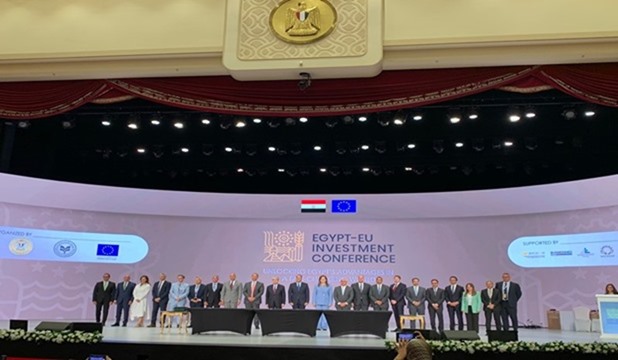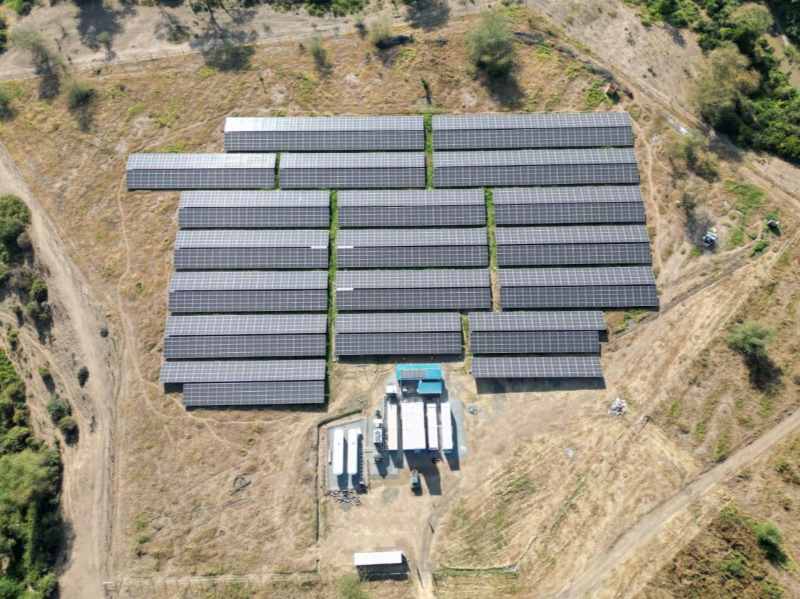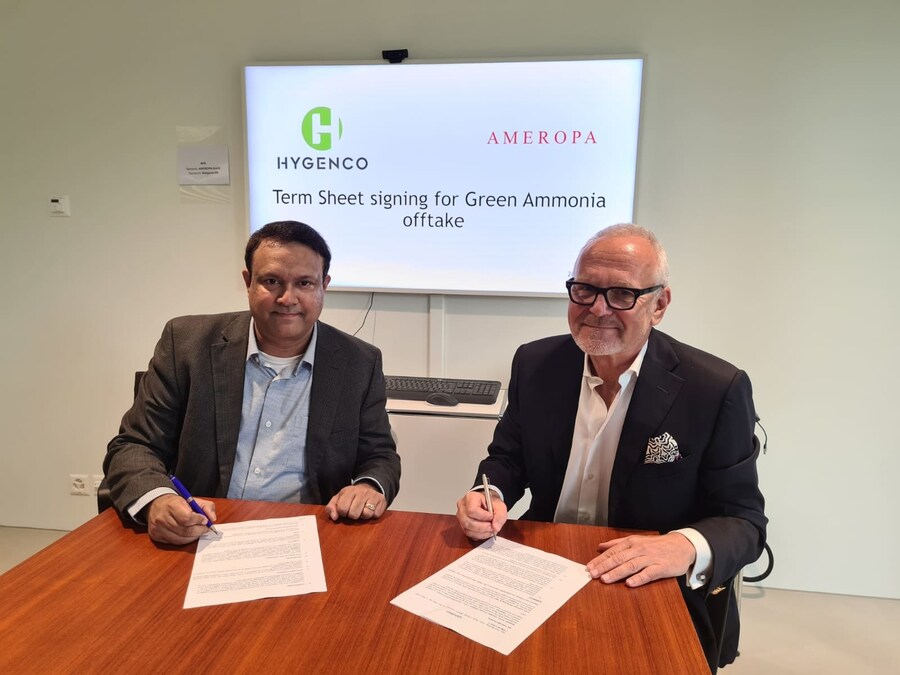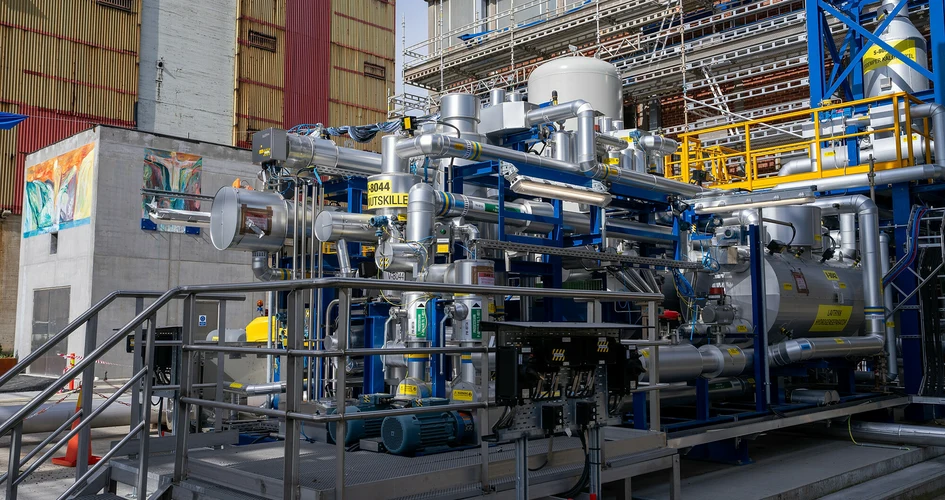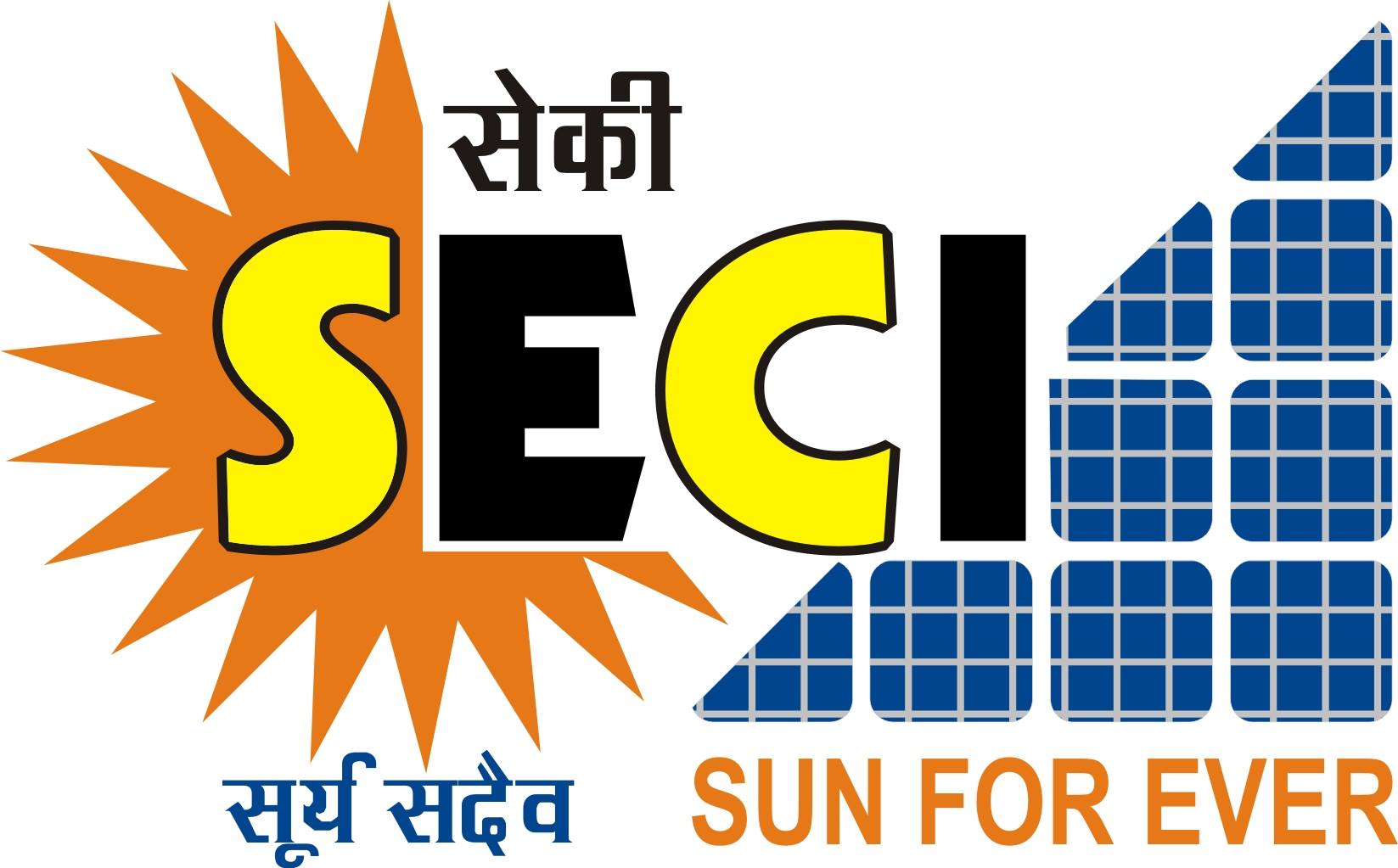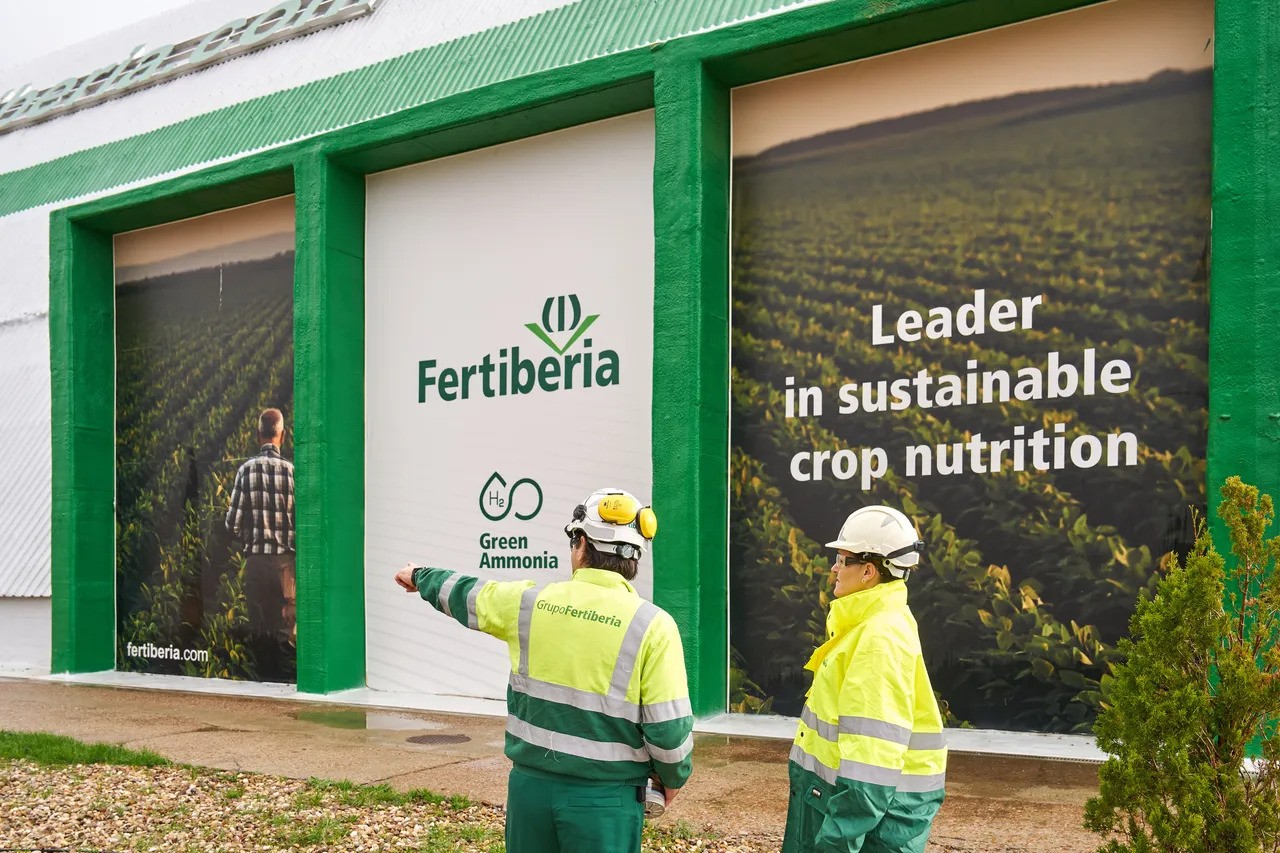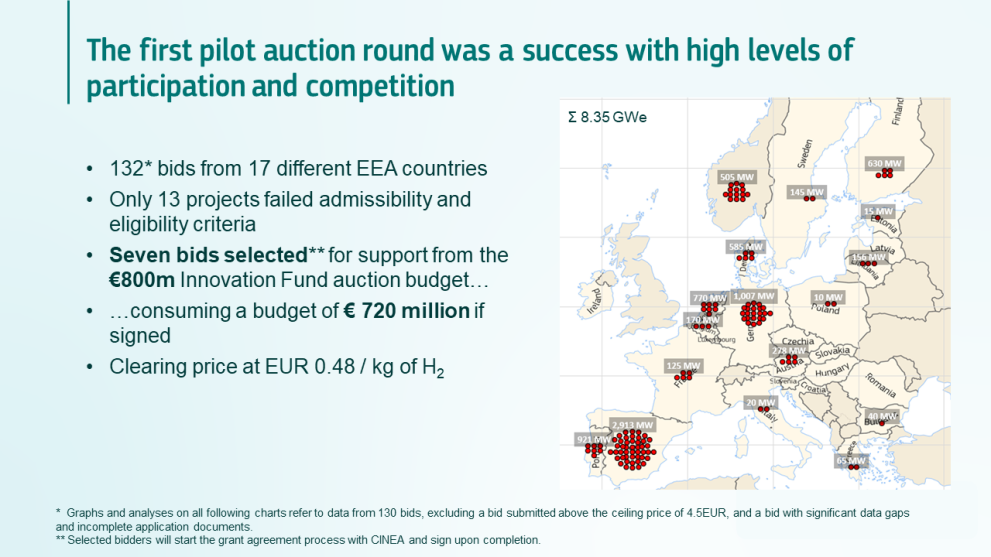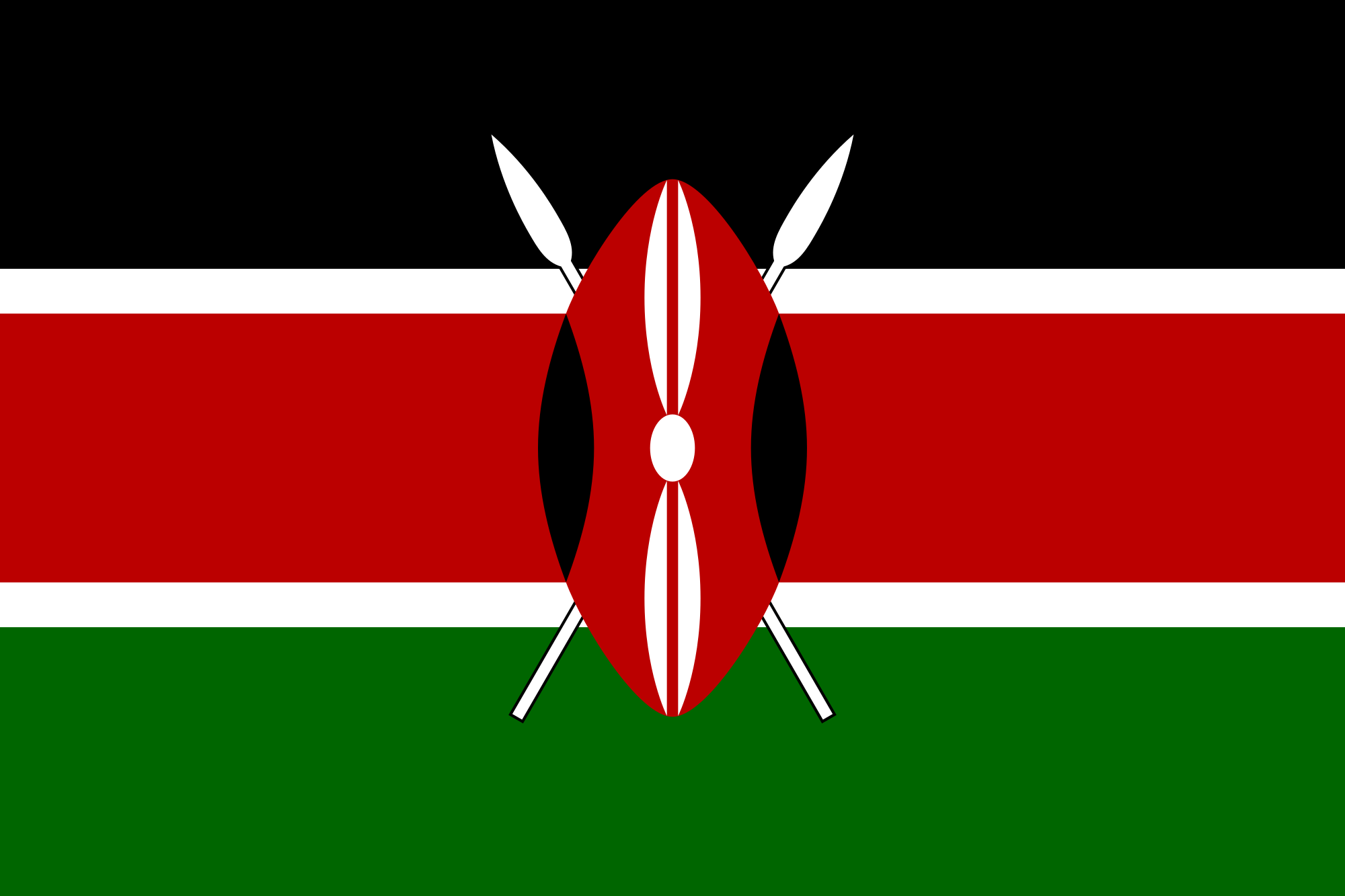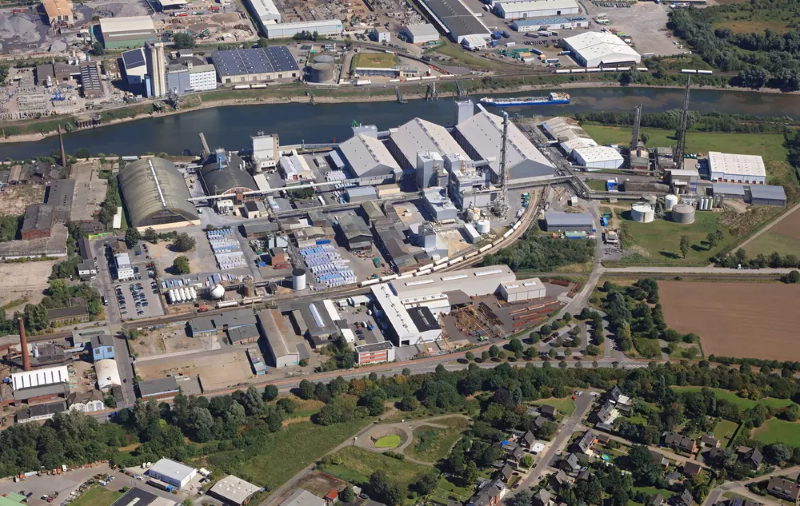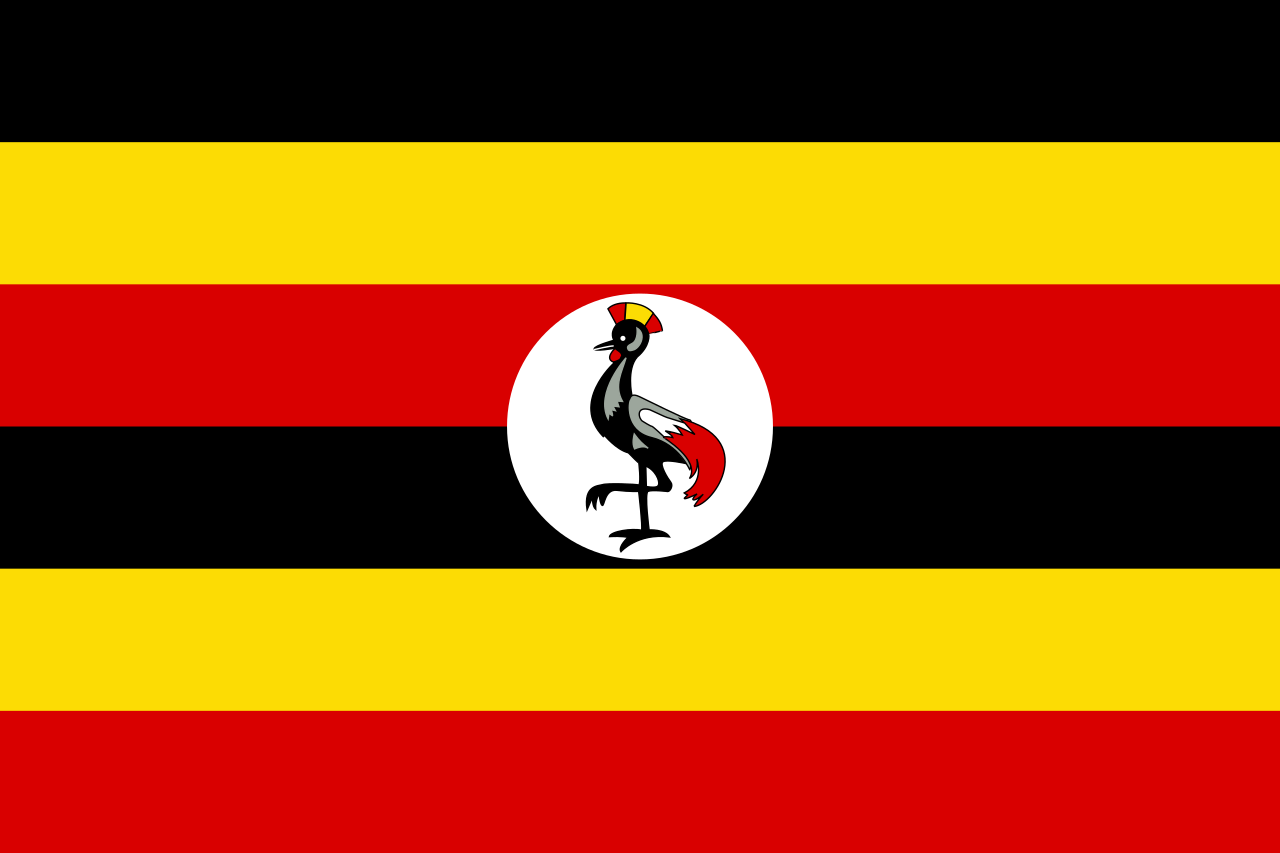$37 billion in Egyptian ammonia investments
More than $37 billion will be invested across the initial stages of hydrogen and ammonia production projects, ranging in location from the Gulf of Suez to west of the Nile Delta. A series of agreements concerning existing and newly-announced projects were signed at the recent Egypt-EU Investment Conference.
